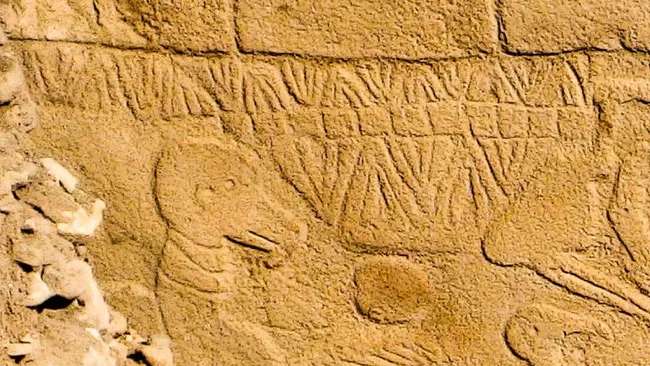Carvings found in ancient Turkish temple could be world's oldest calendar

New findings from the University of Edinburgh suggest that Göbekli Tepe, an ancient site in southern Turkey, may feature the world’s oldest lunisolar calendar, dating back nearly 13,000 years.
Göbekli Tepe, famous for its detailed carved pillars, was first excavated in 1994 by German archaeologists. A recent analysis of a particular pillar revealed 365 V-shaped symbols, which researchers interpret as daily markers.
Published in Time and Mind: The Journal of Archaeology, Consciousness and Culture, the study reveals carvings at Göbekli Tepe, dated to around 12,000 years ago, which may represent an ancient lunisolar calendar. This calendar appears to include 12 lunar months plus 11 extra days, making it the oldest known example of its kind.
Led by Chemical Engineer Martin Sweatman, the research identifies the symbols as records of celestial phenomena. Among the carvings are depictions of a meteor shower lasting 27 days, linked to constellations like Aquarius and Pisces. The study suggests that the people of Göbekli Tepe were tracking solstices and the precession of equinoxes earlier than previously believed.
The pillars, standing about 18 feet tall, are adorned with abstract human figures and animals. Sweatman identified 365 V-shaped symbols on one pillar, interpreted as daily markers, and square symbols denoting lunar months of roughly 29.5 days. A “V” on a bird figure is interpreted as marking the summer solstice.
Sweatman believes the carvings not only mark astronomical events but also reflect Göbekli Tepe’s role as a religious site.
“Overall, it appears that naked-eye astronomical capabilities of ancient people were far in advance of what is generally assumed for this time,” Sweatman said.